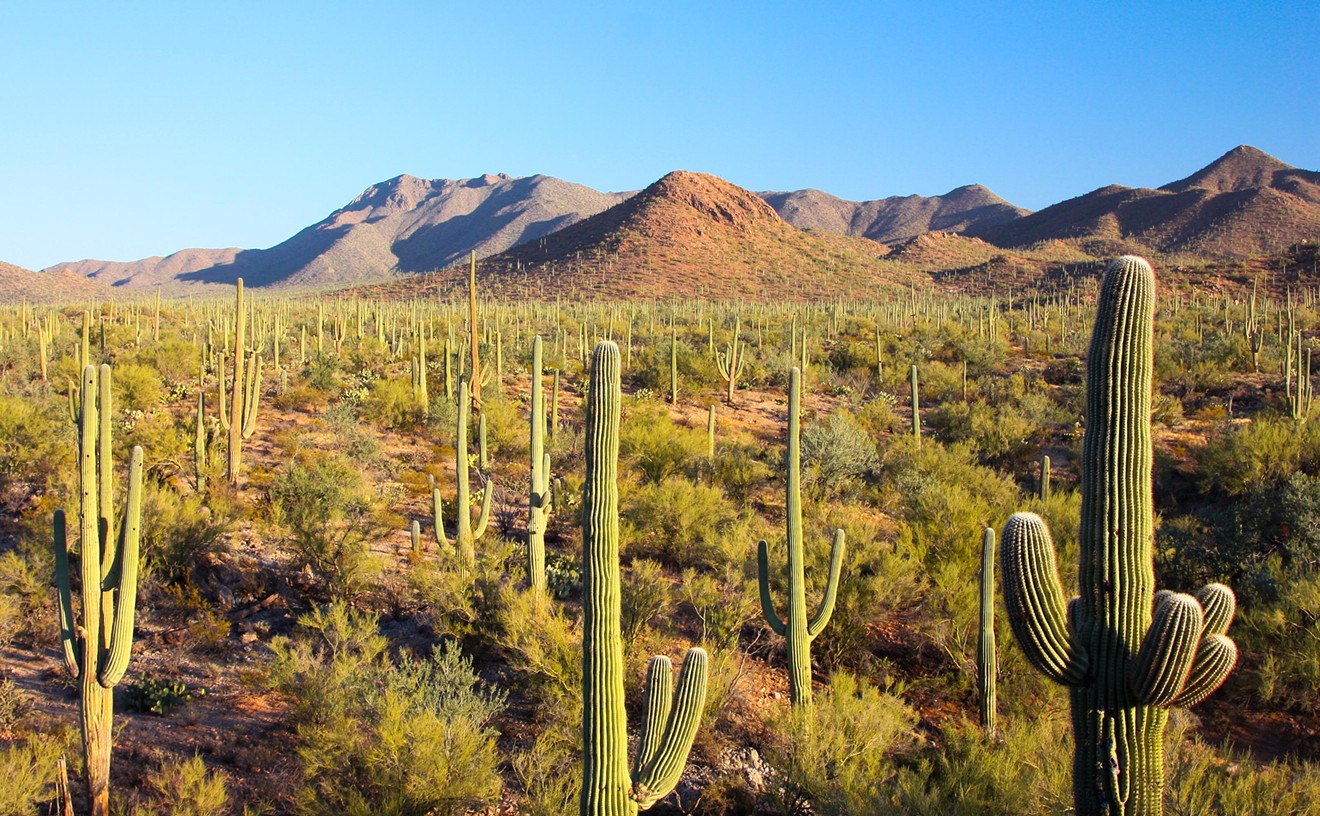What you will find in "Great Masters" is one-of-a-kind bravura productions by well-known Mexican artists and artisans, a good number of whom possess solid museum credentials and have shown and sold their work around the world. In fact, many of the showier pieces in PAM's exhibition can hardly be categorized as folk art at all, in the sense of being utilitarian or religious objects crafted by humble, untrained artisans who make their art whether they will ever sell it or not. These show pieces have definitely crossed over into the flashier realm of fine art.
Either way, "Great Masters" is a show worth seeing.
The often sophisticated obras del arte in this exhibition -- all of which are part of the collection of Fomento Cultural Banamex, a nonprofit subsidiary of the major Mexican banking institution now owned by Citicorp -- are the crema de la crema of what is being billed as Mexican folk art. Sold primarily in fancy Mexican folk art shops both here and in tony tourist areas of Mexico, it's the type of work that commands from hundreds to thousands of dollars, happily shelled out by discerning collectors.
Case in point is Homage to Mole, one of the most memorable pieces in "Great Masters." This four-foot-high, outrageously baroque, intricately painted narrative sculpture dedicated to illustrating the history of one of Mexico's signature culinary dishes by Alfonso Castillo Orta of Izúcar de Matamoros, a small town in Puebla, is a prime example of a piece for which you'd expect to pay thousands of dollars (that's U.S. dollars, not Mexican pesos) -- if you could even find one remotely like it. And God knows I've tried, even showing up at Castillo's home/workshop a number of years ago, only to be told that all the art stuffed into every corner of his workshop area was already sold and being shipped out to fill orders. So much for poor, starving folk artists.
"Great Masters" is the end product of Fomento Cultural Banamex's Programa de Apoyo al Arte Popular (Program of Support for Folk Art), which Banamex set up in 1996 to support, promote and encourage traditional handicrafts production, marketing and exportation, the theory being that if it becomes commercially viable, good folk art will continue to be made. Banamex's program, which includes putting together traveling exhibitions and printing folk-art-related publications like the weighty, high-gloss catalogue for this exhibition, was begun just around the time that Mexican folk art was becoming wildly popular in the U.S. and Japan. Not since the 1920s and '30s, when U.S. ambassador to Mexico Dwight Morrow and Nelson Rockefeller popularized arte popular here by personally collecting and culturally promoting it, has the craze for Mexican folk art been so frenzied.
Quality notwithstanding, I would be loath to apply the term "folk art" to some of the work in "Great Masters." It's more accurate to say that certain pieces have been created by academically trained artists who employ folk art themes. Like Guanajuato ceramist Gorky Gonzáles, who has studied with several of Japan's national living treasures and borrows stylistically from 18th- and 19th-century Mexican talavera, and architect/sculptor Capelo (Javier de Jesús Hernández), who currently relies on baroque Italian motifs for inspiration.
And God only knows why slavish reproductions of a Mayan stelae and pre-Columbian shaft tomb vessels and sculptures, complete with fake dendritic markings, are included in the collection and show, while fine cantera stone carving from artisans in Jalisco and Michoacaacute;n are conspicuously absent, at least here in Phoenix.
"Great Masters" shines most luminously through folk art pieces that are inherently ephemeral and used for ritual or religious purposes, like the elaborate wax candle creation of Ramón Ramirez, the giant, over-the-top sugar paste skulls made for the Day of the Dead by Wenceslao Rivas Contreras, and the processional standards crafted from everlasting flowers grown and used by two elderly Zapotec brothers, Delfino and Timoteo López Godínez, whose congenital physical handicaps have never been a barrier to their creativity. The program and exhibition also preserve important indigenous folk art forms that literally are on the brink of extinction, like the exquisite feather paintings of Gabriel Olay Olay, as well as popote (colored straw) "paintings" for which his family is also famous.
While I am torn by the whole concept of commercial viability underlying Banamex's program, I realize that folk artists need to feed their families and put roofs over their heads. For those officially designated great masters, financial security should be assured, though there are hundreds of anonymous masters scattered throughout Mexico not underwritten by the program, who are doing work just as exciting and imaginative as those starring in this show.










